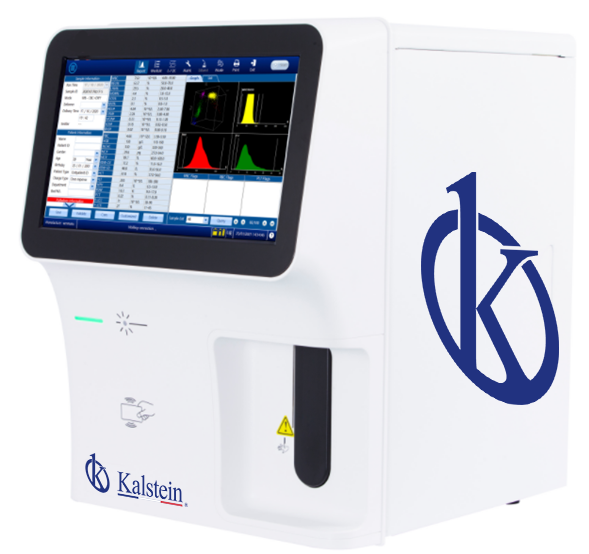Laboratory hematology analyzers are essential tools for clinics and hospitals. These machines allow health care practitioners to do blood tests and determine the exact content of the sample components. While some analyzers are used to analyze all components at once, others offer a multiparametric approach and allow testing of a relatively small volume of blood.
To function, laboratory hematology analyzers rely on cell count technology, a technique used to count and determine the identity of each cell in a blood sample. This is done by using an optical study that incorporates a polarized light system and a scanner system to identify and count the amount and size of each of the cells that exist in the sample.
The scanner system not only counts the number of cells, but also detects any cellular abnormalities that do not meet the sample pattern. In addition, this modern equipment can also analyze the distribution of white blood cells, red blood cells, and blue blood cells. This is done by a system called flow cytometry. This technique is a scientific methodology that allows detecting the presence of particles, tumor, viral or biological in a sample of blood.
What innovative measurements can be made with hematology analyzers?
Flow cytometry is an optical modality for analyzing the components and characteristics of cells. This technology will allow health care practitioners to identify abnormal levels in the components of a blood sample, allowing doctors to make a more accurate diagnosis. And all this, in a fast and reliable way, which will help to make timely decisions for the health of the patient.
In addition, laboratory hematology analyzers can also perform coagulation studies. This is done using a system known as a cross-reaction technique. This technique is used to measure blood clotting in real time. It is useful for detecting clotting problems related to the time of bleeding and the time it takes a woman to reach the period.
Consistent with this idea, this technology can be used not only to detect clotting problems, but also to monitor the health status of patients who are taking anticoagulant drugs. These types of tests are especially important when a surgical procedure is intended and the risks of blood loss during tissue cuts.
Hematology analyzers and chemical assays
Finally, there are also laboratory hematology analyzers that incorporate chemical analysis techniques to detect the chemical components present in the blood. This is done using a technique known as high-performance liquid chromatography. This chemical analysis technique consists of a series of steps, ranging from sifting the sample to determine the molecular mass to the use of a specific chemical component, which is necessary to separate the individual components present in a sample.
To conclude, laboratory hematology analyzers are extremely important devices for health professionals. These machines are used to do blood tests to detect possible problems with clotting, cellular components, and the identification of different chemical components in a sample. These machines allow health professionals to reach an accurate diagnosis in a short time.
The Innovation of Kalstein’s Hematology Analyzers
Hematology analyzers are highly complex measurement systems that provide vital information for physician decision making. Kalstein, as a leading manufacturer of laboratory equipment, has an extensive repertoire of analyzers for bioanalysis laboratories on sale. The compact design of these units comes with a color TFT display that displays all measuring parameters as well as the operation controls of the equipment. More illustrations, technical information, purchase details and prices can be found on the websites HERE and HERE.

